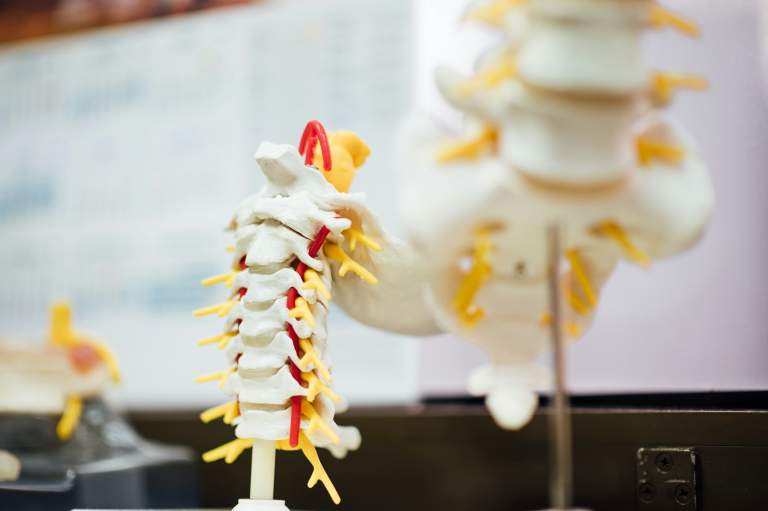Did You Know?

The Role of Sodium Bicarbonate in Hydrodissection
Posted March 20, 2025
Sodium Bicarbonate buffers D5W injections, improving their safety and efficacy, while the optimal volume of D5W varies based on the procedure type, ensuring effective nerve decompression.
The addition of Sodium Bicarbonate to D5W (Dextrose 5% Water) is key to optimizing the effectiveness of Hydrodissection. By mixing 0.75 cc of Sodium Bicarbonate per 5 ml of D5W, the pH of the solution is increased from 6.5 to 7.2, making it closer to neutral. This pH adjustment helps reduce nerve irritation during the injection, ensuring better tolerance and more effective treatment outcomes.
In terms of volume, 5-10 cc of D5W is commonly used for peripheral nerve procedures. Studies have shown that 5 cc of D5W provides the best results in terms of pain relief and nerve decompression. However, volumes greater than 5 cc may cause excessive compression of the nerve, potentially leading to discomfort or ineffective treatment.
For spinal procedures, such as Transforaminal Epidural Injections (TFESI), 3 cc of D5W is typically added to the injection. This volume ensures that the D5W is distributed effectively around the targeted nerve root without overwhelming the area. For a Caudal Epidural Steroid Injection (CESI), a larger volume of 10-20 cc of D5W is used, as this procedure requires a more significant distribution of the solution to relieve pressure on multiple nerve roots.
The buffering effect of Sodium Bicarbonate not only improves the tolerance of the D5W injections but also plays a role in enhancing the overall success of Hydrodissection by reducing the potential for nerve damage during the procedure.